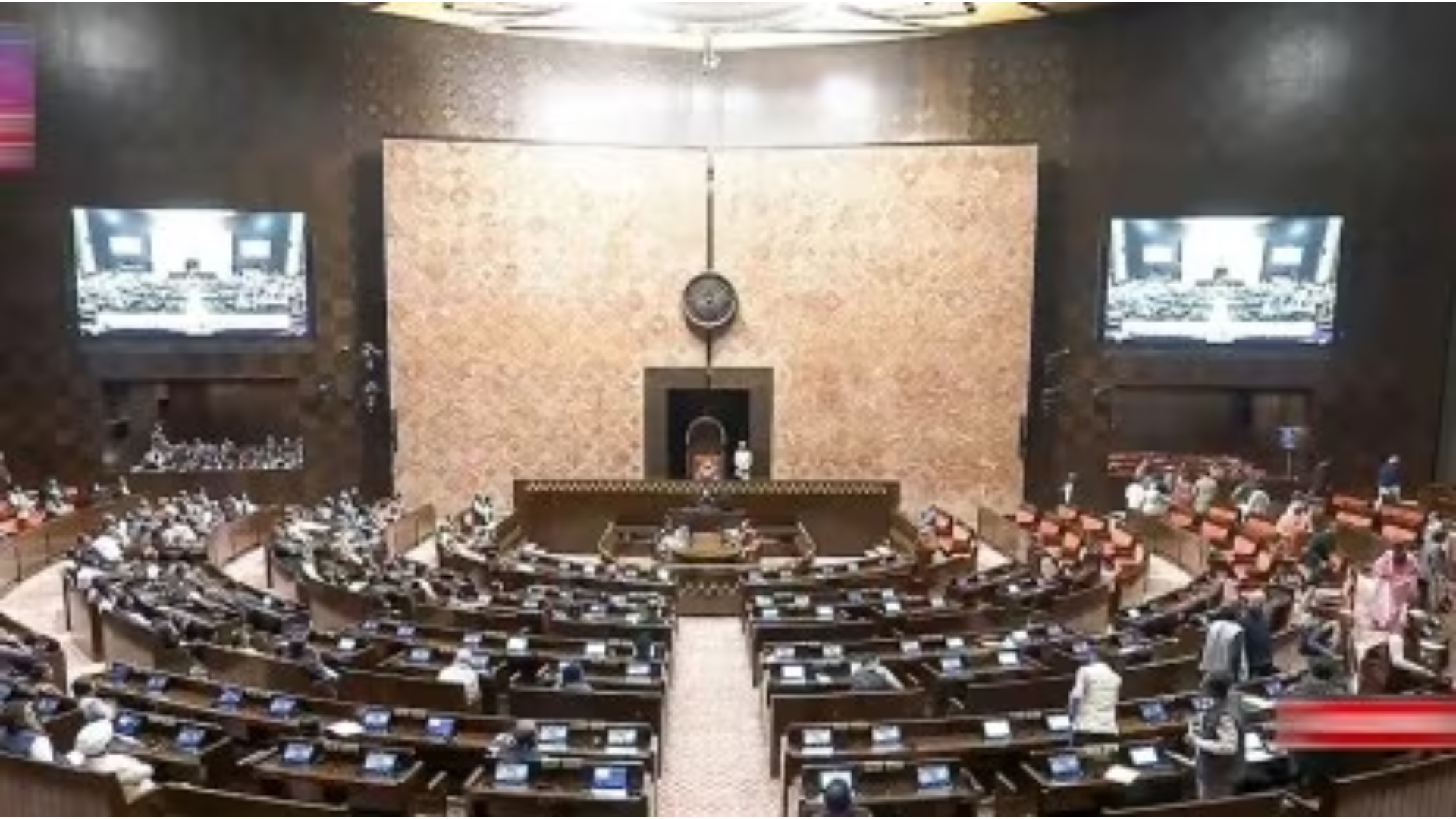Exactly 22 years after a major breach took place at the Parliament House in the national capital, another sensational infringement occurred on the same day when two young men, with legitimate passes issued on the recommendation of a sitting BJP MP, jumped into the Lok Sabha. If the lapse had led to shooting outside the building in 2001, this time, the incident took place inside, with the suspects spraying multi-coloured gas from cannisters till they were overpowered by MPs and the watch and ward staff.
While there is a stand-off that has taken place between the Opposition and Treasury benches following the delay by the Home Minister in making a statement on the floor of the House, the Parliament episode has exposed the chinks in the security apparatus and arrangements. To begin with, some security personnel have been suspended. However, the entire incident needs to be thoroughly probed from multiple angles including how the suspects gained entry in this highly protected building and why there were security gaps in the first place.
There have been voices of experts which suggest that the new Parliament building was a nightmare for security personnel, but if it is so, why were the inputs to remove all kinds of loopholes not taken from either the Special Protection Group, Intelligence Bureau and other agencies which look after VVIP security. The point is that Parliament is a place where the Prime Minister, one of the most well protected individuals in the country, as also others with high security threat perception visit, particularly during the sessions.
The Special Protection Group was created with the singular purpose of ensuring the safety of the Prime Minister, and what needs to be known is whether its opinion on security matters was sought before the work commenced in the new building. It is a matter of chance that the Prime Minister and the Home Minister were not present in the House on the day of the occurrence, since they were away attending the oath taking ceremonies of party colleagues in Madhya Pradesh and Chhattisgarh.
But their absence does not take away from the gravity of the situation that emerged. Imagine a scenario where instead of the harmless gas that emanated from the cannisters, there was something lethal and poisonous which could have caused a loss of lives. This is a major and serious lapse that needs accountability at the highest level. Suspending low ranking officials was not sufficient.
Heads must roll. The Speaker of the Lok Sabha, who is the overall head of the arrangements in Parliament, must also answer why he did into personally examine all such prospects of security breach, much before the building was inaugurated. In 2001, brave security personnel posted outside the building, acted to prevent the intruders, inspired by our neighbours, from going inside.
Some of these brave persons lost their lives, but all the intruders were also neutralized. Imagine what would have happened if any of them would had entered the building and shot MPs and ministers.
Similarly, this time, the suspects were able to breach security, and managed to get into the Visitors’ Gallery from where they jumped into the Lok Sabha. According to security experts, the Visitors’ Gallery in the new building makes it much easier for anyone to jump into the House unlike what was there in the old building, where the Gallery was over and above the seats.
Anyone trying to enter the Parliament through the aerial route would have had to descend on to the benches of the members. There are also reports that the Parliament security has been functioning in an ad hoc manner and the skills and training of the personnel deployed in all the three cordons had not be upgraded adequately. The demand of the members that the Home Minister should make a statement in Parliament is legitimate and their suspension by the presiding officers, appears to be too harsh for a lapse for which the government and the Speaker were under the lens.
The problem is that the presiding officers should not exercise their powers, which many a time seem to be excessive, when matters can be handled more deftly and with ease. In addition, there is a need for an overall review within the SPG in particular, since this is not the first time a security breach could have impacted the Prime Minister. Last year, during the Punjab Assembly polls, the Prime Minister was left stranded on a bridge near Bhatinda.
Although many heads have rolled for that lapse, it is not known whether there was any action within the SPG also, which in the first place should have prevented the PM from taking the road route, especially because it involved travelling through a perceived hostile territory, in the wake of the ongoing farmers’ agitation.
The security apparatus was also compromised when there was a major lapse at the Red Fort during the Republic Day arrangements and some unauthorized people got access to the ramparts where they hoisted the Nishan Saheb. Deep Sidhu, one of the key suspects, later died in a road accident.
Security is a matter where no shortcuts can be taken, the view of the experts is paramount, and the protectees cannot dictate those who are protecting them on what should be done. The various agencies involved with this aspect must have officers and staff who are professionally competent to ensure the safety of those who need this protection. An impartial bipartisan probe is essential. Between us.

